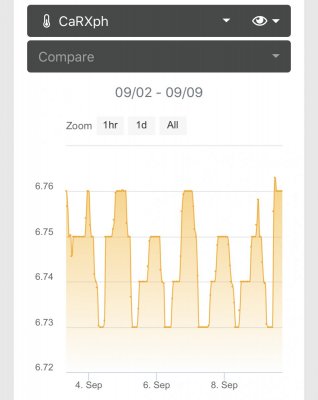- Joined
- Aug 29, 2008
- Messages
- 207
- Reaction score
- 237
I cracked mine too when I tried to remove the bottom it was minor but I also glued it back and always replace the uniseal if you take it apart because it will create leaksJust an update on my DIY reactor, I used uniseals originally but one developed a slow leak. I took the whole reactor apart and while trying to remove the lower uniseal, the acrylic tube cracked. To remedy, I used a dremel cutting disc to slightly open the surface of the crack on both sides, then filled the crack with the glue supplied in the Avast kit. It worked like a charm!
I also ordered 2 of the curved PVC pieces that were mentioned earlier to reinforce/glue the PVC pipe to the acrylic tube. These worked great and now the reactor is working flawlessly!
For others that are building a reactor, you can make your own curved PVC fittings to reinforce/glue the points where the PVC piping passes through the acrylic:
First, find an appropriately shaped PVC fitting without a curve---I bought mine from Avast so I don't have any suggestions here but a flange or something might work. You'll have to get creative looking through the options at the local hardware store. Next, put a piece of sandpaper on the outside of the acrylic tube (scratchy side facing out), and then drag the fitting along the tube to sand away the fitting until it has a curvature that matches the tube! Glue the now-curved fitting directly to the surface of the tube and you're in business!
I was researching different ways to repair the cracked acrylic tube (after I'd already ordered the curved parts from Avast) when I found this super helpful tip!
Cheers!



















